Forgot your password ?
You have requested to reset your password. We will send you an email with a link to reset your password. It can take a few minutes.
Donate by Mail
OPCI Foundation
43B Glen Cove Rd.
Suite #236
Greenvale, NY, 11548
We thank you for supporting this important cause, accelerating education and fostering technology to improve patient outcomes.
donate
Library
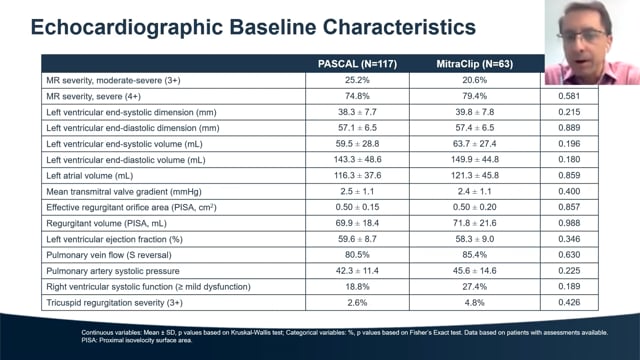
JOURNAL CLUB |
OPCI JOURNAL CLUB
OPCI Journal Club: Randomized Comparison of Transcatheter Edge-to-Edge Repair for Degenerative Mitral Regurgitation in Prohibitive Surgical Risk Patients (CLASP-IID) with Dr. Lim
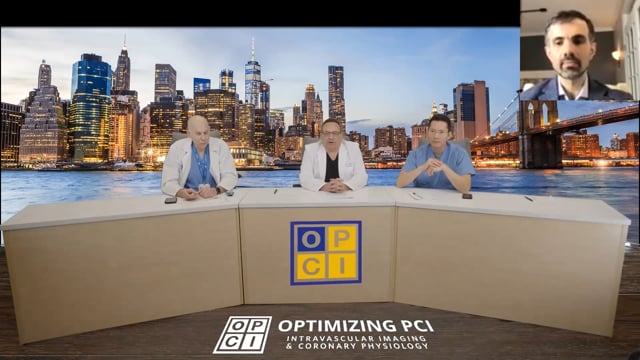
JOURNAL CLUB |
OPCI JOURNAL CLUB
OPCI Journal Club: Transcatheter Edge-to-Edge Repair in Patients with Severe Mitral Regurgitation and Cardiogenic Shock: TVT Registry Analysis with Dr. Alkhouli
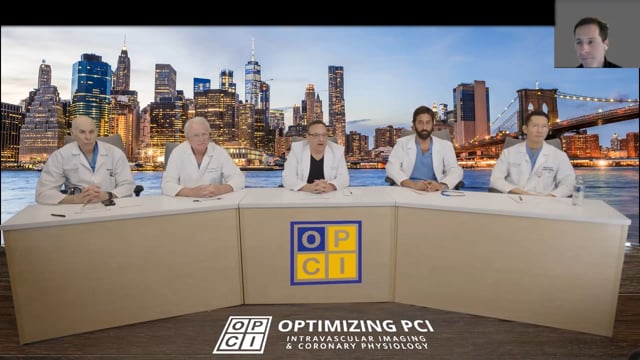
JOURNAL CLUB |
OPCI JOURNAL CLUB
OPCI Journal Club: “Why don’t you use transcaval access?” with Dr. Robert Lederman
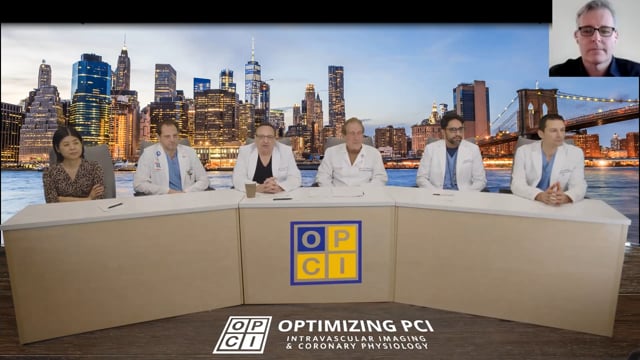
JOURNAL CLUB |
OPCI JOURNAL CLUB
OPCI Journal Club: Decision-Making During Percutaneous Coronary Intervention Guided by Optical Coherence Tomography: Insights From the LightLab Initiative with Dr. Kevin Croce
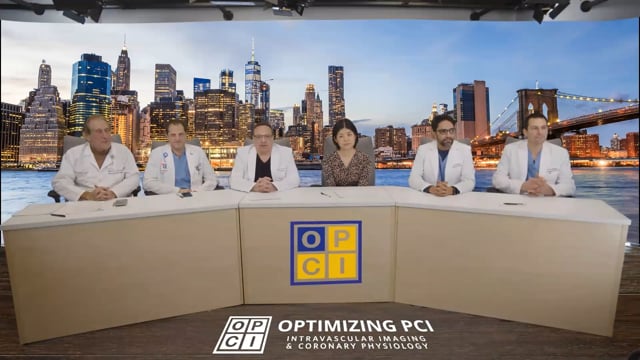
JOURNAL CLUB |
OPCI JOURNAL CLUB
Impact of Intravascular Ultrasound–Derived Lesion-Specific Virtual Fractional Flow Reserve Predicts 3-Year Outcomes of Untreated Nonculprit Lesions: The PROSPECT Study with Dr. Akiko Maehara
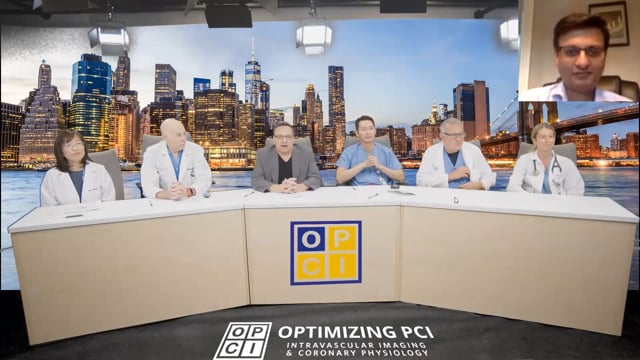
JOURNAL CLUB |
OPCI JOURNAL CLUB
Prediction of Death or HF Hospitalization in Patients With Severe FMR: The COAPT Risk Score with Dr. Shah
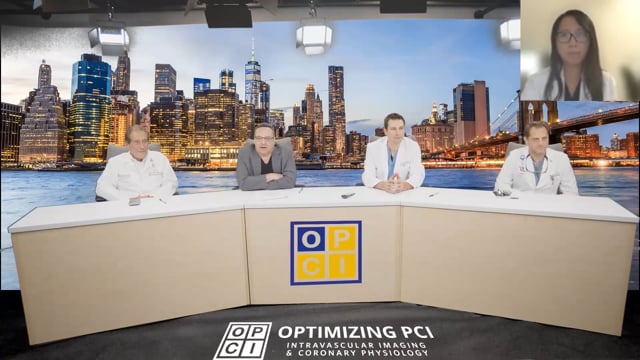
JOURNAL CLUB |
OPCI JOURNAL CLUB
3-Year Outcomes of the Canadian Spontaneous Coronary Artery Dissection Cohort Study with Dr. Saw
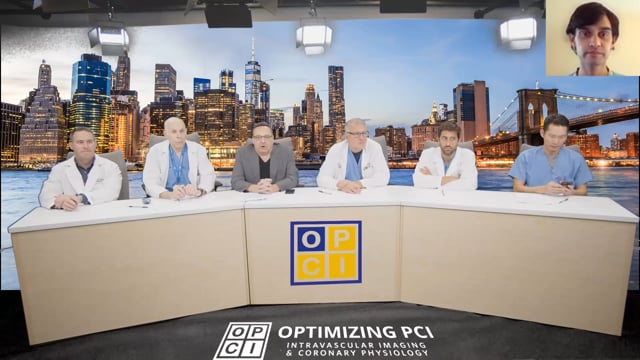
JOURNAL CLUB |
OPCI JOURNAL CLUB
Economics of minimalist transcatheter aortic valve replacement: Results from the 3M-TAVR economic study with Dr. Butala
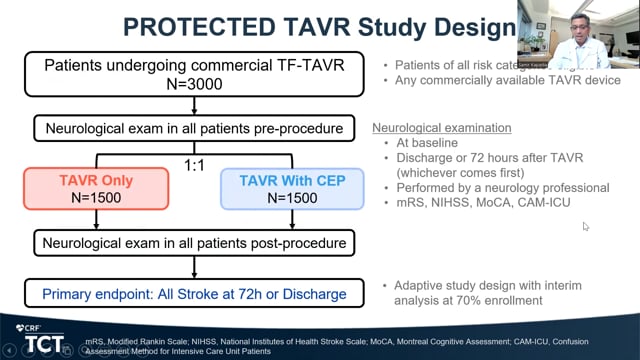
JOURNAL CLUB |
OPCI JOURNAL CLUB
Cerebral Embolic Protection during Transcatheter Aortic Valve Replacement with Dr. Kapadia
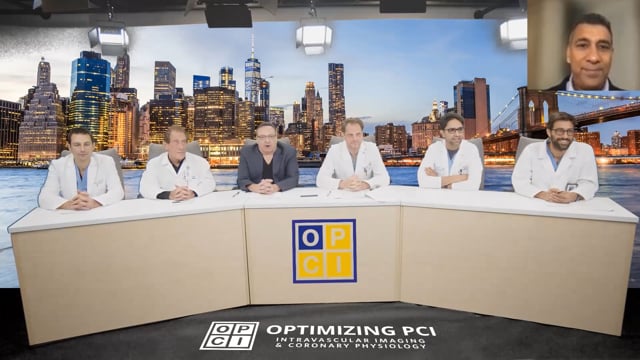
JOURNAL CLUB |
OPCI JOURNAL CLUB
A Conversation with Dr. Divaka Perera: Measuring Coronary Flow in the Cath Lab: Why and How



